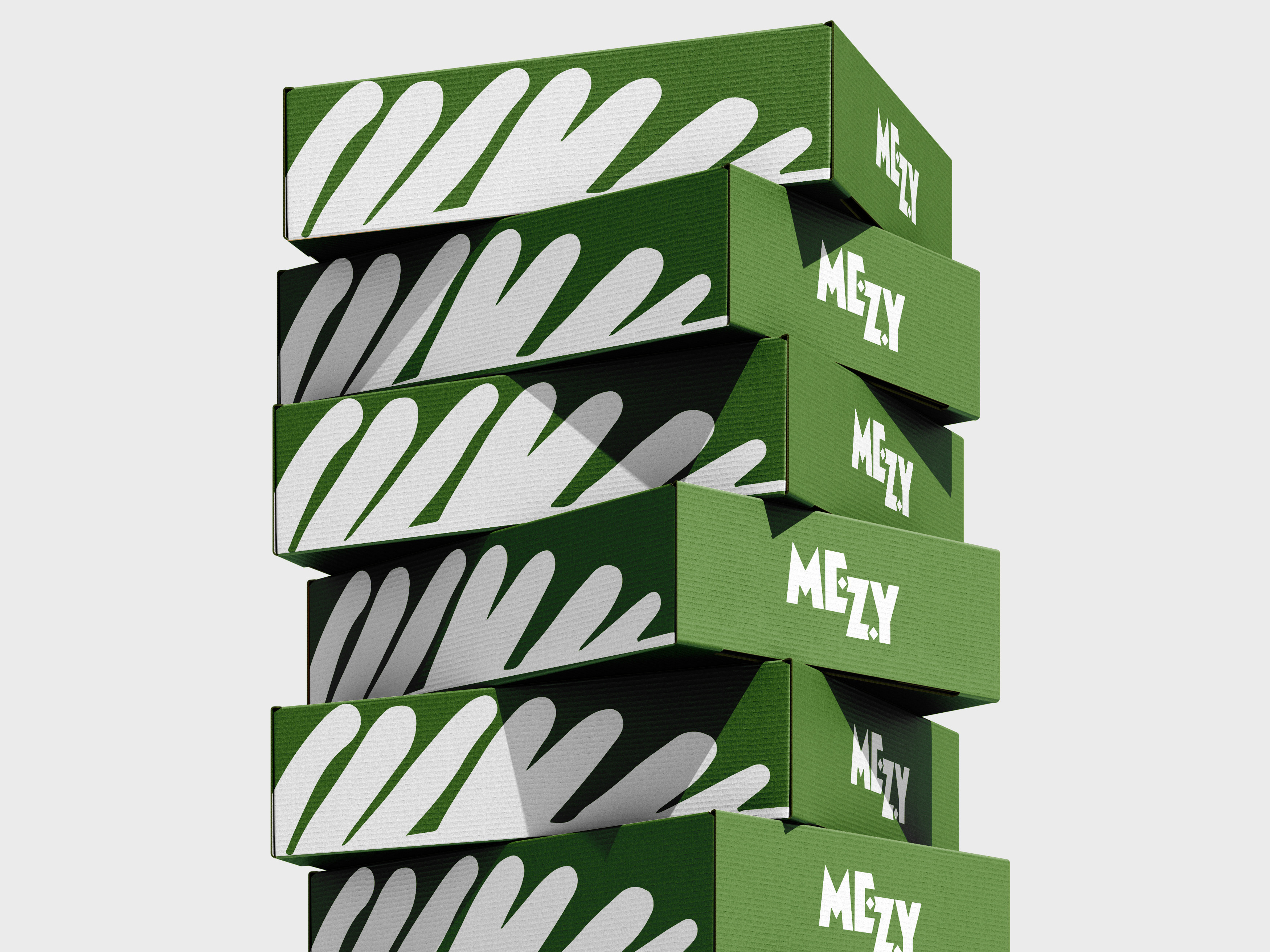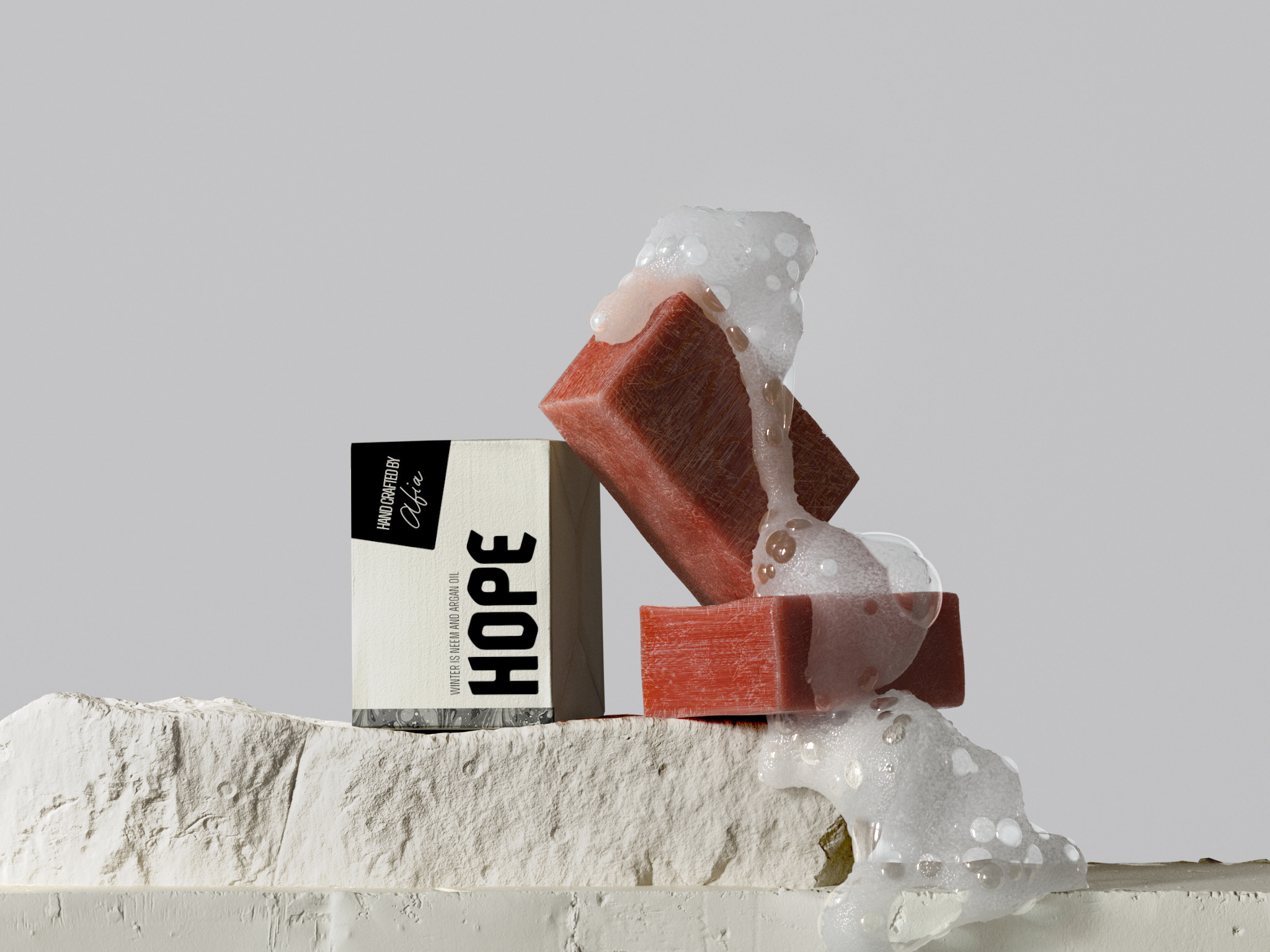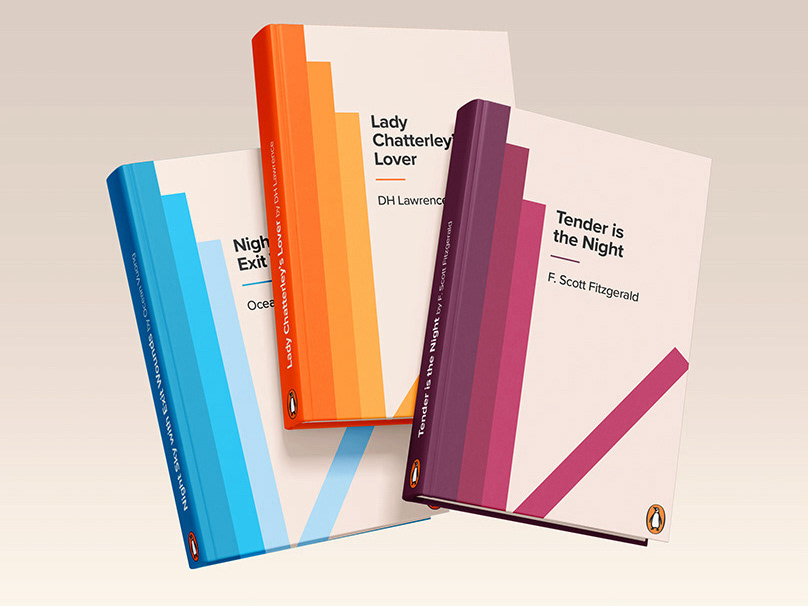Australia’s Convict Sites: A Darker Side of History
Written for Worldwide Caravan & Motorhome Holidays | April 2023 (updated April 2025)
The year is 1787; the British set sail on an eight-month journey to 'New Holland' to establish a new penal colony. Convict transportation was already a tried and tested method of ridding the 'motherland' of criminals. However, since the American Revolution of 1776, the former colonies were no longer an option for exile. With prisons in England overcrowded and social unrest simmering beneath the surface, the British government turned its gaze eastwards.
During an 80-year period, from 1788 to 1868, the British established 11 penal colonies across Australia, transporting some 162,000 criminals from British shores. Today it is estimated that 20% of Australians have convict ancestry.
Crimes that carried transportation were often petty. Nicked a loaf of bread? Transportation. Chopped down a tree in an orchard? Transportation. Stolen more than one shilling? Transportation. More serious crimes such as rape, murder or sodomy often carried the death penalty. It was all part of the government's attempt to reduce the overcrowding of British prisons and clean up streets of crime at home.
The 11 sites set up by the British government during convict transportation now form Australia's largest UNESCO site, collectively known as Australian Convict Sites, formally recognised in 2010. The collection of complexes are credited as being the world's first conscious attempt to build a new society on the labour of convicted prisoners and play a significant part in Australia's 3,000-strong remaining convict sites and in its rich history.
-
Port Arthur Historic Site, Tasmania
Among the largest penal colony in Australia, Port Arthur was established in 1830 in what was then known as Van Diemen's Land. Initially used as a timber processing plant using prisoner labour, the site was converted by 1833 as a penal colony for repeat offenders. It was built on a philosophy of discipline and punishment, religious and moral instruction, classification and separation, and training and education of convicted men. The system worked for some, leaving rehabilitated and skilled, but others were broken.
My experience
The site is a must-visit for those visiting Tasmania and is a scenic, one-and-a-bit-house drive from Hobart. I didn't have a car, so I joined a coach tour which made the day trip stress-free and easy. It collected me from the waterfront in the city and dropped me at Port Arthur a little after 10am, picking me up again around 4pm, giving plenty of time to explore the site. The price includes transport, admission and a 30-min ferry tour of the harbour.
-
Cascades Female Factory, Hobart, Tasmania
Cold, cramped and alone, over 6,000 female convicts were held at the Cascades Female Factory between 1828 and 1856 in unsanitary conditions, dodging sickness and surviving on supportive camaraderie. Some were sentenced to hard labour, often washing clothes or picking oakum, while others wandered aimlessly around the overcrowded yards.
My experience
I visited the site on my third day in Tasmania, having visited Port Arthur the day before. Significant funding from UNESCO has allowed for the creation of a light and air-conditioned visitors centre with a shop, help desk, toilets and a small exhibition which gives a little context before you explore the site.
There are no information boards around the site; the only way to learn more is to join a guided tour (at additional cost) or listen to the self-guided audio guide available on your mobile phone. I opted for the self-guided audio guide, which was comprehensive but hit my battery hard. I recommend bringing a portable charger if you go for this option.
Despite the largely empty interior, the experience was moving, informative and sensitively done. A large memorial wall in what would've been the onsite nursery lists the names of all children who were born and died in the facility - the number of names is hard to take in.
-
Coal Mines Historic Site, Tasman Peninsula, Tasmania
Reserved for the 'worst of the worst' from nearby Port Arthur, the Coal Mines were a place of hard forced labour. Coal had been discovered at the site in 1833, and local authorities quickly moved to exploit the area and shift away from the costly import of coal from New South Wales. Workers were needed, and convicts at Port Arthur seemed the perfect solution.
Brickendon & Woolmers Estates, Longford, Tasmania
Brickendon and Woolmers are the two ancestral estates of the influential Tasmanian Archer family, whose reputation was built on local pioneering efforts and representation in the Tasmanian government. The estates, founded in 1824 and 1817, respectively, prospered on the skilled labour of convict men and women who worked on the land, for the family or in the village as part of their sentence.
Darlington Probation Station, Maria Island, Tasmania
Situated off the eastern coast of Tasmania, Maria Island is a remote and largely untouched island listed on the Australian National Park register. It was discovered in 1825 and quickly chosen as an ideal site for a penal colony. Lieutenant Governor Arthur remarked on the site's establishment that it was for those whose crimes "were not of so flagrant a nature" that they should be sent to the notorious Macquarie Harbour.
-
Hyde Park Barracks, Sydney, New South Wales
Standing proud in the heart of Sydney's CBD, the Hyde Park Barracks was designed by convict-turned-architect Francis Greenway. Greenway was sentenced to transportation in 1812 after pleading guilty, on the advice of friends, to forging a financial document. Whilst still a convict, he was responsible for designing Macquarie Lighthouse, the success of which led to his emancipation and subsequent promotion to New South Wales Government Architect. In this new role, he was responsible for designing and overseeing construction of state-run convict facilities.
My experience
xxxx
-
Old Government House, Parramatta, New South Wales
From the name, you probably figured this isn't a convict site but rather a public building. Australia's oldest public building, in fact, construction having started in 1799. The house and surrounding land "serves to demonstrate how the British Empire expanded and Australian society has evolved since 1788".
Before this building was constructed, an older government house had existed in the then-rapidly growing settlement of Sydney. Governors desired a more rural residence away from the crime and unsanitary conditions of the city, and so a plot of land alongside the Parramatta River was chosen for a new Government House.
Old Great North Road, New South Wales
An outstanding example of convict labour, the Old Great North Road links Sydney with the Hunter Valley Region to the north, traversing some 162 miles (260km). It was built between 1825 and 1836, and though it was considered an engineering triumph, it could have been more successful in practice terms, lacking water and horse feed on route and featuring some extremely steep grades.
Cockatoo Island Convict Site, Sydney, New South Wales
After the closure of the Norfolk Island convict establishment, the British Secretary of State of Colonies was tasked with finding a suitable alternative closer to the mainland, easy to get to but equally as difficult to escape from. On the advice of New South Wales Governor, Cockatoo Island was chosen. Located on the largest island in Sydney Harbour, the goal was complete by 1841 using convict labour. It was used on and off until 1909, also being used as an industrial school and a reformatory.
Fremantle Prison, Freemantle, Western Australia
With over 130 years of active convict history, Fremantle Prison is perhaps the best placed to summarise convict history from the mid-19th century to the late 20th. The prison opened in 1855 with a capacity of 1,000 inmates. The complex housed the main block, a separate prison (built later, where inmates would spend up to 23 hours a day in solitary confinement), a women's prison, a hospital, workshops and an extensive network of subterranean tunnels.
Kingston & Arthur's Vale Historic Area, Norfolk Island
The Kingston and Arthur's Vale Convict Site on Norfolk Island was the most isolated of the penal colonies, set up in 1788. It gained a reputation as being one of the harshest and cruellest of Australia's penal settlements, but it was also the site of reform experiments, testing new prison systems and methods before they were rolled out across the prison network.
Spotlight on: Hobart
Written for Worldwide Caravan & Motorhome Holidays | April 2023
In March, whilst visiting family in Melbourne, I visited Hobart, capital of Tasmania. I've travelled around much of Victoria, the Red Centre, and part of New South Wales, including Sydney, but Hobart was so strikingly unique. Its centre is largely historical compared to those of Melbourne and Sydney. Its waterfront is lined with old maritime warehouses, harking back to its colonial and whaling past, and there are few tall buildings. It just felt like a different pace of life.
The city is packed with great attractions, parks, restaurants, and historical and cultural sights, so many in fact that here are just a handful of my favourites...
Salamanca Market Sadly, I wasn't here on the weekend, so I missed the market, but the space around the Arts Centre was bustling with a different crowd of restaurant-goers and after-work socialisers. The beautiful sandstone former warehouse buildings now house artsy shops, independent sellers, restaurants, bars and cafes.
Battery Point This is the Old Town of Hobart, the most historic and prestigious of the city's suburbs, with many large and extravagant homes built largely in Victorian Rustic Gothic and Federation Queen Anne styles. Wander around this sleepy suburb and stumble across hidden treasures like Arthur Circus - a quaint circular park surrounded by neatly-kept, pastel cottages.
The Waterfront You can't visit Hobart without catching at least a glimpse of its wonderful Waterfront. Lined with colonial buildings, wharves, maritime warehouses, and gently bobbing boats, it provides a tranquil yet bustling atmosphere for a stroll, a bite to eat or as part of a boat tour to the MONA.
I swung by Fish Frenzy one evening. This fish and chip shop is renowned for its fresh fish, hot seafood chowder and fab location on the historic Elizabeth Street Pier. It's so famous that TripAdvisor voted it its Travellers Choice in 2020, and Time Magazine once named it 'Arguably the best fish and chips in Australia'!
Tasmanian Museum & Art Gallery Regrettably, I didn't spend as much time here as I would have liked. But in the time I did, I learnt a lot about Tasmania's natural history. The museum, located in a historic and significant building on the Waterfront, is kitted out in an airy and contemporary style inside and is excellent for kids and adults alike.
City centre food & drink
Jackman & McRoss Situated in a quiet side street in the centre, Jackman & McRoss is an intimate cafe and bakery, and somewhat an institution in Hobart. Friendly service, tasty bakes and good coffee.
Mezethes Greek Taverna With a big focus on seafood, Mezethes has built up a reputation for the best Greek food in Hobart. The impressive Mezethes Seafood Platter is piled high with an array of seafood on offer including calamari, oysters, Tasmanian salmon, mussels, fresh fish fillets of the day and prawns served with a side of lemon roasted potatoes and accompanied by a generous serving of tartare sauce. Admittedly my eyes were bigger than my stomach on this occasion!
Just outside the centre
MONA (Museum of Old and New Art) Set on a vineyard-covered peninsula just north of the city, the MONA is the creation of flamboyant art collector David Walsh, who once said, "Art is all about sex and death". While I disagree with this statement, I think it reveals his creative and crazy thinking behind the gallery! I don't want to give too much away, but I came away from this place feeling as though I'd been on mild hallucinogens... Expect the weird, wild and wacky.
Whilst I was there I picked up some interesting food from one of the outdoor food vendors. Dusby's serves 'Fire-cooked flame-grilled lawn food: plenty of veggies, wholesome grains, and invasive species-meats'. I tucked into a Wild Meat Pita and a bowl of Fennel Salt and Pepper Calamari.
Cascades Female Factory In contrast, the Female Factory in the shadow of Mount Wellington is a sobering experience. Its name gives one a feeling of unease before you've even entered the empty courtyards of what was once one of Tasmania's largest female penal colonies. A UNESCO World Heritage Site and an essential part of Australia's history, the site once housed up to 12,500 women and children in poor conditions, often convicted of ridiculously petty crimes. While there's not much here for the little ones, a comprehensive self-guided audio tour or optional paid tours give a good insight into life at the site during the height of British convict transportation.
The Cascade Brewery is nearby and worth a visit for a bite of locally sourced food and a pint. Cascade Brewery is Australia's oldest, continually operating brewery. The brewery offers daily tours and a gorgeous bar/restaurant situated in beautifully-landscaped gardens.
Day trips
Port Arthur Historic Site A visit to Port Arthur is certainly an all-day trip. The 146 hectare site, located about 60 miles southeast of the capital, gives in-depth understanding into the lives of convicts that journeyed over 13,000 miles from home to serve their sentence and set up new lives. Now part of the UNESCO-listed Australian Convicts Sites, the site is open to visitors who are free to explore the ruined buildings, learn of their history and pay their respect to those who lost their lives in the 1996 Port Arthur Massacre, Australia's worst mass-shooting.
When I got back to the UK, I watched Nitram. The film, which premiered at Cannes Film Festival in 2021, tells the true story of massacre perpetrator Martin Bryant. The cast includes Caleb Landry Jones (winner of Cannes Best Actor 2021) and Judy Davies (BAFTA, Emmy and Golden Globe winner for past roles), and is available to watch on Amazon Prime Video and BFI Player in the UK.








